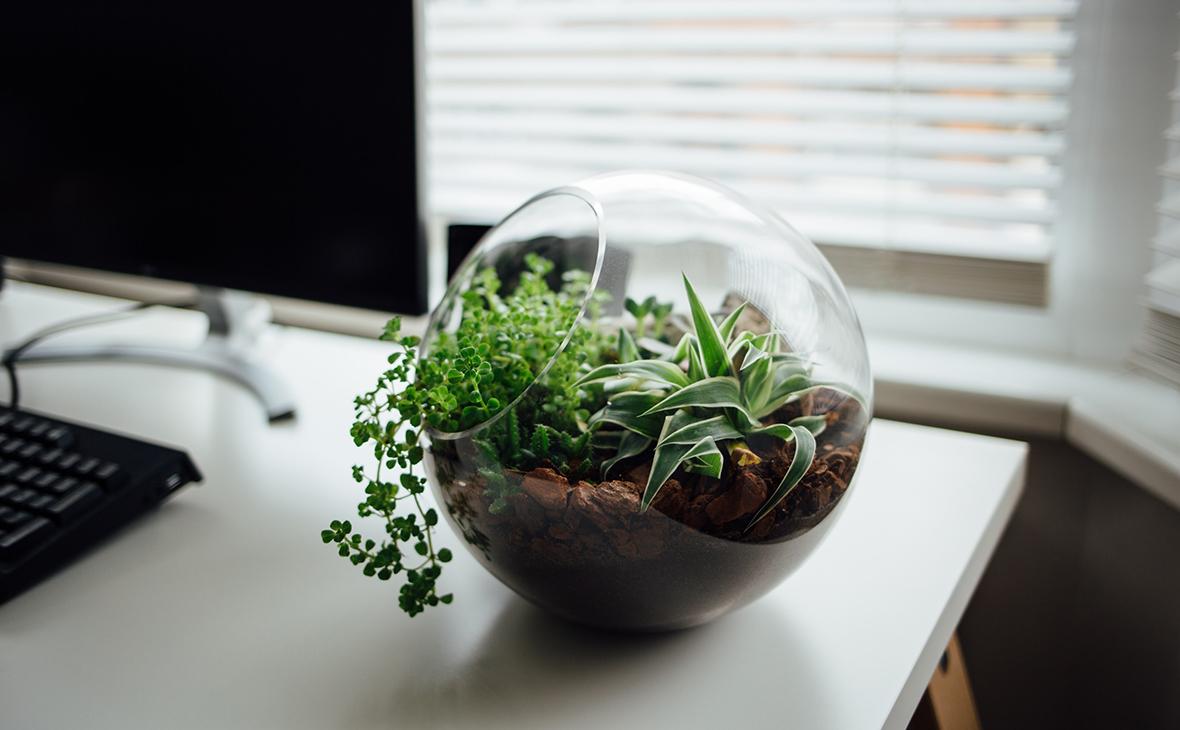Artificial Plants Market Growth Challenges Highlight Environmental Issues, Supply Chain Risks, and Design Barriers

The artificial plants market has gained remarkable traction in recent years due to growing urbanization, evolving interior décor preferences, and the rising demand for low-maintenance greenery. However, despite this upward trajectory, several growth challenges hinder the industry’s ability to reach its full potential. Issues such as sustainability concerns, fluctuating raw material prices, consumer perception, and increasing competition from natural alternatives create substantial obstacles for market players. Understanding these barriers is essential for stakeholders seeking long-term growth and competitive advantage.
1. Environmental Concerns and Sustainability Issues
One of the most significant challenges confronting the artificial plants market is the growing emphasis on sustainability. Artificial plants are often made from plastics such as polyethylene (PE), polypropylene (PP), or polyvinyl chloride (PVC). While these materials ensure durability and a realistic aesthetic, they are non-biodegradable, raising concerns about environmental impact. Increasing global awareness about plastic waste and pollution has resulted in stricter environmental regulations and growing consumer scrutiny. Brands that fail to address sustainability through eco-friendly materials or recycling initiatives risk losing environmentally conscious customers.
2. Perception of Artificiality and Consumer Preferences
Despite improvements in design and technology, artificial plants still face a stigma among certain consumer groups. Many people prefer natural plants for their air-purifying qualities and perceived authenticity. Artificial greenery, though convenient, is often criticized for lacking the vibrancy, fragrance, and health benefits of living plants. This consumer perception becomes a critical growth barrier, especially in premium markets where authenticity and natural aesthetics dominate. To overcome this, manufacturers must focus on high-quality designs that closely mimic real plants, while educating consumers about the functional advantages of artificial greenery in low-light or low-maintenance environments.
3. High Production Costs and Pricing Pressures
Artificial plants that are designed with lifelike features, UV resistance, and fire-retardant properties require advanced materials and intricate manufacturing processes. This often leads to higher production costs, which in turn drives up the final retail price. Consumers weighing artificial options against live plants may perceive the former as overpriced, particularly in price-sensitive regions. Moreover, competition among local and global players has resulted in pricing pressures that reduce profit margins. Smaller manufacturers, lacking economies of scale, face difficulty sustaining their operations in such a competitive landscape.
4. Raw Material Dependency and Supply Chain Risks
The artificial plants industry is heavily dependent on petroleum-based raw materials. Volatility in global crude oil prices directly affects the cost of plastics and related inputs. Additionally, disruptions in global supply chains—caused by geopolitical tensions, pandemics, or shipping delays—pose risks for consistent product availability. Manufacturers relying on imports for raw materials or finished goods encounter rising logistics costs, further squeezing profitability. Diversifying supply chains and exploring bio-based materials could provide potential solutions to this recurring challenge.
5. Competition from Natural and Alternative Products
Artificial plants compete directly with natural plants and other decorative solutions, such as preserved moss walls, dried flowers, and innovative interior décor trends. Natural plants offer added benefits such as improving indoor air quality and enhancing mental well-being, which artificial options cannot replicate. The shift toward biophilic design—integrating natural elements into living and working spaces—further amplifies the preference for authentic greenery. As a result, artificial plant manufacturers must highlight unique selling points such as long-term cost savings, allergy-friendly usage, and versatility in spaces where natural plants cannot thrive.
6. Lack of Awareness in Emerging Markets
While artificial plants are popular in developed regions, awareness remains relatively low in several emerging markets. Limited product availability, lack of marketing, and higher costs compared to natural plants restrict market penetration in these regions. Cultural preferences in some areas also favor traditional natural greenery, creating an additional barrier. Expanding distribution networks, offering cost-effective product lines, and launching awareness campaigns could help manufacturers tap into untapped markets with strong growth potential.
7. Technological and Design Limitations
Although significant progress has been made in creating realistic artificial plants, challenges remain in replicating the finer details of natural foliage. Consumers seeking high-end decorative solutions sometimes find artificial alternatives falling short of expectations. Innovations in 3D printing, advanced polymers, and smart design integration could enhance product appeal, but these technologies require substantial investment. Without continuous design innovation, manufacturers risk losing relevance in competitive interior décor markets where trends shift rapidly.
8. Disposal and End-of-Life Concerns
Unlike natural plants, artificial plants do not decompose, leading to waste management concerns. As consumers and businesses grow more eco-conscious, the inability to recycle or safely dispose of artificial plants poses a reputational risk for brands. Developing recycling programs or using biodegradable materials could help mitigate this issue and enhance consumer trust.
Conclusion
The artificial plants market continues to grow due to rising consumer demand for convenient, aesthetic, and low-maintenance decorative solutions. However, growth challenges related to sustainability, consumer perception, cost pressures, and competition from natural alternatives persist. For long-term success, manufacturers and retailers must invest in eco-friendly innovations, improve consumer education, diversify supply chains, and adapt to shifting design preferences. By proactively addressing these barriers, the industry can transform challenges into opportunities, ensuring steady and sustainable growth in the coming years.
- AI
- Vitamins
- Health
- Admin/office jobs
- News
- Art
- Causes
- Crafts
- Dance
- Drinks
- Film
- Fitness
- Food
- Games
- Gardening
- Health
- Home
- Literature
- Music
- Networking
- Other
- Party
- Religion
- Shopping
- Sports
- Theater
- Wellness


